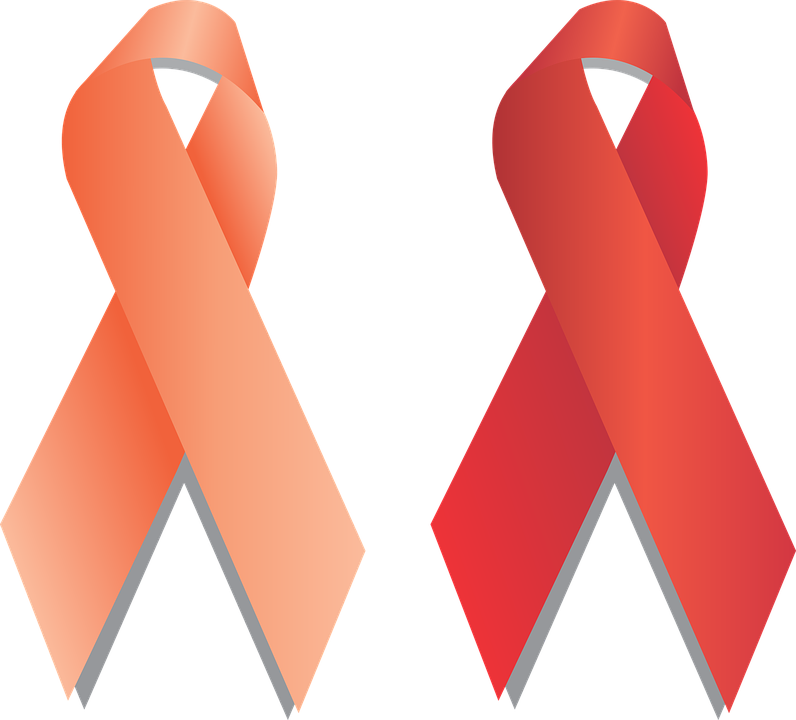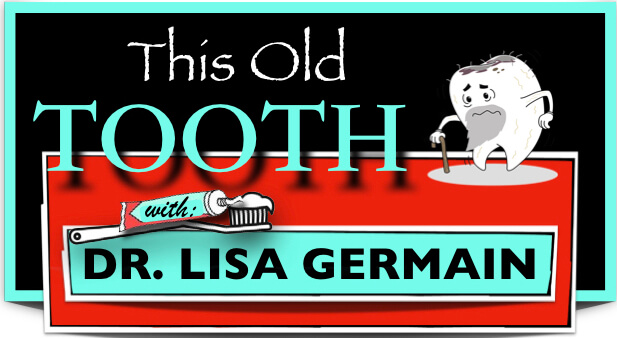Can HPV Warts Cause Oral Cancer?
Could you be at risk for oral cancer? Did you know that you can actually do your own self screening and check examination? Today, I will be discussing HPV warts and oral cancer, the things that may be putting you at risk for oral cancer and how a simple screening can result in early detection.

I met a friend for lunch today who told me that her 91 year old mother was just diagnosed with oral cancer. After she discussed the options with various specialists, she decided she would not have treatment and would just have it monitored.
Human Papillomavirus Infection – Right Treatment
Now, this is a very practical approach for someone who is in her age bracket. At that age, it is likely that the treatment whether it is surgery, chemotherapy and/or radiation will be more invasive to her than the actual disease itself. I remember in the first few weeks of dental school learning from my oral pathology professor that if you live long enough, you will get cancer somewhere. Besides causing wrinkles, aging cells mutate and these mutant cells multiply, ultimately causing pathological changes in the body. And that’s basically what cancer is.

Unfortunately, cancer affects people of all ages, not just the elderly. And you might be surprised to know that mouth cancer has become increasingly prevalent in both men and women in their 20s and in their 30s. Aggressive cancer of the mouth and throat accounts for about 50,000 cases a year in the United States and results in approximately 10,000 deaths
The Diagnosis
The diagnosis relies on the patient discovering a problem and bringing it to the attention of either their dentist or their physician, who will then examine the area. Ultimately, they will have to do a biopsy if something is suspicious. That is where they take a little piece of the tissue and send it to a laboratory, look under a microscope and see if the cells are actually cancerous. However, the problem with this is that it often results in a late stage diagnosis and like other types of cancer, early detection is preferable to prevent spread and further tissue destruction. It is critical to remember that any person with a history of tobacco and alcohol use or prior head neck malignancy has a significant risk in developing an oral, head and neck cancer. In fact, historically, 75% of these cancers are related to alcohol and tobacco use. However, one out of four oral, head and neck cancers, particularly in patients over the age of 50, are detected in patients who do not smoke or drink alcohol.
HPV Warts Infection
Obviously, all patients, regardless of their history, need to be screened at least once a year by their physician or their dentist. But the most significant thing that I discovered is that current research indicates that the rise in human papillomavirus, also known as HPV, is rapidly changing those ratios and age groups to unfavorably target much younger individuals. HPV infection is a viral infection that commonly causes skin or mucous membranes warts. There are more than 100 varieties of human papilloma virus. These infections are often transmitted sexually or through other skin to skin contact. Some types of HPV infection cause warts, but some can cause different kinds of cancer. Because an oral HPV infection can lead to mouth and throat cancer, younger non-smoking patients under the age of 50 are the fastest growing segment of the oral cancer population. Unfortunately, this increase in the number of oral, head and neck cancers found in men and women in their 20s and 30s is rapidly replacing those caused by tobacco, since the use of tobacco products has declined in the United States for more than a decade.
During the same period of time, the incidence rate of oral squamous cell carcinoma, however, has actually increased. This is a direct result of HPV. This makes determination of at risk populations much more difficult and opportunistic screening of all patients must become the norm, if the death rate is to be reduced. As in many cancers, the symptoms and history will often lead the dentist or physician to not only the presence of the cancer, but also the likely site of the lesion. For example, tobacco, alcohol lesions tend to favor the front of the tongue and mouth, and HPV positive lesions tend to favor the back of the mouth and the throat.
Survival Information
Studies confirm that survival does correlate with stage, making early diagnosis and treatment optimal for this disease. Despite advances in surgical techniques, radiation therapy technology and addition of combined chemotherapy and radiation therapy to the treatment regimen, survival data has not shown appreciable changes in decades. Five year survival data reveal overall disease specific survival rates of less than 60 percent, although those that do survive often endure major functional, cosmetic and psychological burden due to dysfunction of the ability to speak, swallow, breathe and chew. 75% of all head and neck cancers begin in the mouth. Now please note, there is a vaccination available that can help protect against the strains of HPV that are most likely to cause cancer. Some of the signs and symptoms of oral cancer are persistent mouth sores and pain in the mouth or ear. While most mouth cancers are not painful, they can become so as they progress. Other warning signs include chronic hoarseness, tender lump in the neck, abnormal swallowing and peculiar sore throat. In addition, patients may have difficulty chewing or swallowing, difficulty moving their jaw or tongue, a lump or sore area in their mouth, throat or on the lips and previously undetected facial asymmetry. They may observe white and/or red patches in their mouth as well and a sore or ulcer that does not heal or that bleeds. If you experience any of these symptoms, please have your dentist or physician do a head and neck evaluation for oral cancer.
In truth, because a thorough oral, head and neck cancer examination can easily be completed in less than five minutes by your dentist or your physician, people of all ages should request one whether they have symptoms or not.
This examination primarily consists of inspection and palpation. And remember that it is preferable to detect these cancers at an early and curable stage. Please notify your dentist if there’s something that doesn’t look or feel right in your mouth or if you have any kind of mouth sore that lasts longer than a week or two.
In Episode #21 of my podcast, I discussed non-cancerous mouth lesions such as canker sores and cold sores. While these are the more common types of problems seen, it is better to be safe than sorry. Because your dentist is used to examining your mouth, your dentist can be the first person who will detect these problems. There is something else you can do as well. A dedicated website – checkyourmouth.org has been established that has a simple “how to video” on self screening to get everyone started easily. The idea of self-examination is not new and in other cancers that lend themselves to this idea, such as melanoma and breast cancer, the idea of an at home examination has had huge benefits.
Oral cancer should be impacted the same way since adoption of the idea has taken place by a large enough segment of the population. One only has to look at the impact of the annual pap smear, mammogram and prostate exam to see how effectively and aware an involved public can contribute to early detection when coupled with a motivated dental and medical community. It is important that both patients and members of the dental community realize that a visit to the dentist is no longer about a filling, a crown or a postponable cleaning, but could actually be a matter of life and death.
Dental examinations when properly done and which include a screening for oral cancer, could save your life.
And now for a fun fact!
In the Middle Ages, people believed that dogs’ teeth boiled in wine made an excellent mouth rinse for tooth decay. You can’t make this stuff up!

